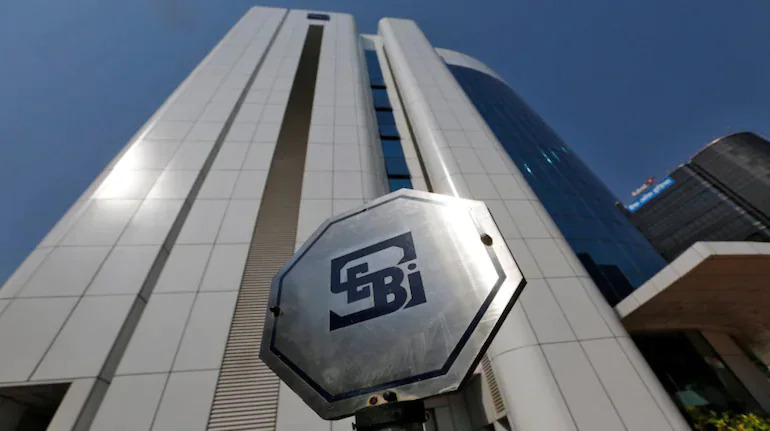Lower debt issuance threshold to allow smaller issuers on electronic bidding platform while the introduction of anchor investors would lead to efficient price discovery, market participants say
The new Securities and Exchange Board of India (SEBI) guidelines on the electronic book-building process for private debt placement are likely to bring more transparency in the bidding method and price discovery mechanism, a section of issuers and investors has said.
The capital markets regulator on October 10 tweaked the electronic bidding platform (EBP) norms to address the concern of ‘fastest finger first’ where the bidders deploying specialised technology were edging out those with higher bids.
“The amendment brings in a transparent bidding and price discovery mechanism, while the threshold limits for applicability, bidding limits for arrangers and penalty in case of default have been modified,” said Divam Sharma, Co-founder, Green Portfolio, a SEBI-registered PMS provider.
“The amendment also ensures that there are strict penalties on default for the allottees and anchor investors as well as arrangers,” he said.
The new EBP norms
The new guidelines, which have been introduced following representations from various market participants for a review, ensure that allocations are based on the ‘best bid’ rather than the bidder with the best technology for placing the fastest bid.
“Certain bidders were not getting allocations despite having worked on the issuance pre-listing, high ratio of greenshoe to base issue size, limits on arrangers placing bids on behalf of clients, etc,” the regulator said in a note.
The new framework will come into effect from January 1, 2023.
EBP is a platform where the issuance of debt securities takes place on a private placement basis. It brings efficiency and transparency in price discovery and reduces the timeline and cost for debt issuances.
The new EBP mechanism provides a facility for eligible participants to define the range within which quotes can be placed from its user interface to avoid fast-finger errors.
Lowering threshold for issuances
The regulator has also lowered the threshold for debt issuance through EBP, which participants said will help small issuers discover better pricing.
“Lowering threshold from Rs 100 crore to 50 crore has been done to cover more issuers to move to EBP platform for better discovery of pricing,” said Ajay Manglunia, managing director at JM Financial.
According to the new guidelines, a private placement of debt securities and non-convertible redeemable preference share (NCRPS) as per the provisions of SEBI NCS Regulations, 2021, if a single issue, inclusive of green shoe option, if any, of Rs 50 crore or more; a shelf issue, consisting of multiple tranches, which cumulatively amounts to Rs 50 crore or more, in a financial year; and a subsequent issue, where the aggregate of all previous issues by an issuer in a financial year equals or exceeds Rs 50 crore, shall be done through EBP.
“There are so many small SMEs and investors which were not able to participate due to minimum eligible amount but now the change in limit can help them a lot. They can easily raise amounts from the market at a very competitive level,” said Umesh Kumar Tulsyan, managing director of Sovereign Global Markets, a New Delhi-based fund house.
Also read: Corporate bond issuance rises 49% on-month in September to Rs 82,378 crore
Introduction of anchor investors
The regulator has introduced the concept of anchor investors as an option for issuers to get assurance from certain investors.
The issuer would have the discretion to select the anchor investors and the quantum of allocation to them, subject to total allocation to anchors not exceeding 30 percent of the base issue size and no bidding for the anchor portion on the EBP platform.
“When the coupon is pre-mentioned by the issuer the bidding will happen on price terms as against the first-come-first-serve basis earlier. If the investor defaults on payment three times on EBP, then the arranger through whom bidding was done would get debarred for seven days,” said Abhishek Kedia, Director, TRUST Group.
If the issuer opts for the anchor portion, the same has to be suitably disclosed in the placement memorandum and the term sheet along with the relevant quantum (maximum 30 percent).
Manglunia said that introduction of anchor investors is to ensure that issuer has some bidding interest and the market also knows that someone has committed a price. The reservation shall ensure that the anchor has confirmed allotment and balance can be used for efficient price discovery.
“There shall be no bidding for the anchor portion which helps the investor to get a more competitive rate on EBP because now they will get everything on cut-off price only. Because a large number of anchor investors can change the pricing for small investors as well. Non-participation of anchor investors can give a big relief to other small investors,” Tulsyan added.
Going forward
Experts said the changes would encourage participants to have a healthy and transparent bidding mechanism to promote a level-playing field for all. “In the long term it will benefit both issuers and investors equally,” Manglunia said.
Some other draft regulations have already been seen from the regulator coming on the trading of secondaries through registered intermediaries. With technology evolving rapidly, the regulations bring in a level playing field for corporate bond market participants.
“This goes well at a time when India is trying to attract foreign participants to the bond markets,” Sharma added.

